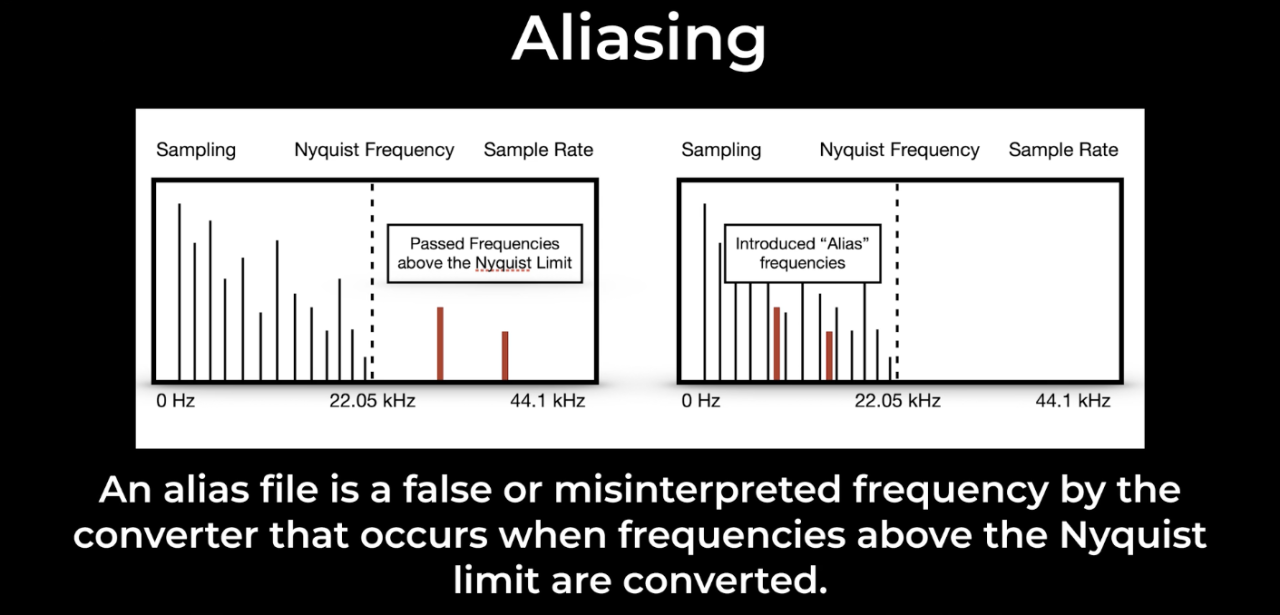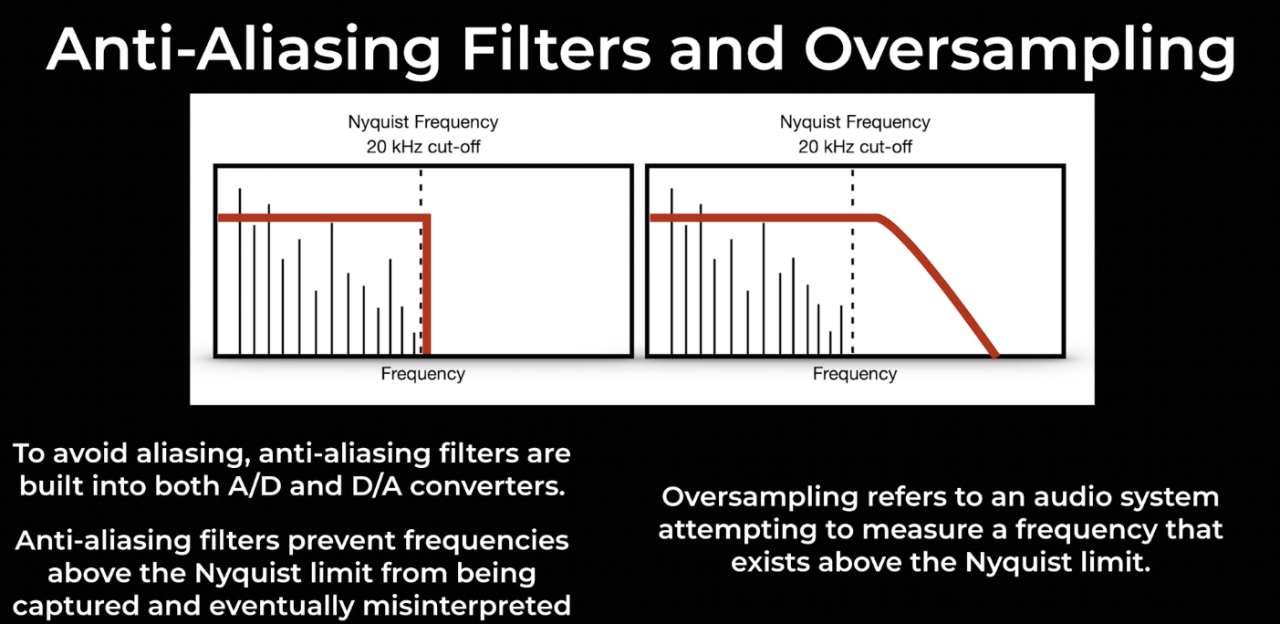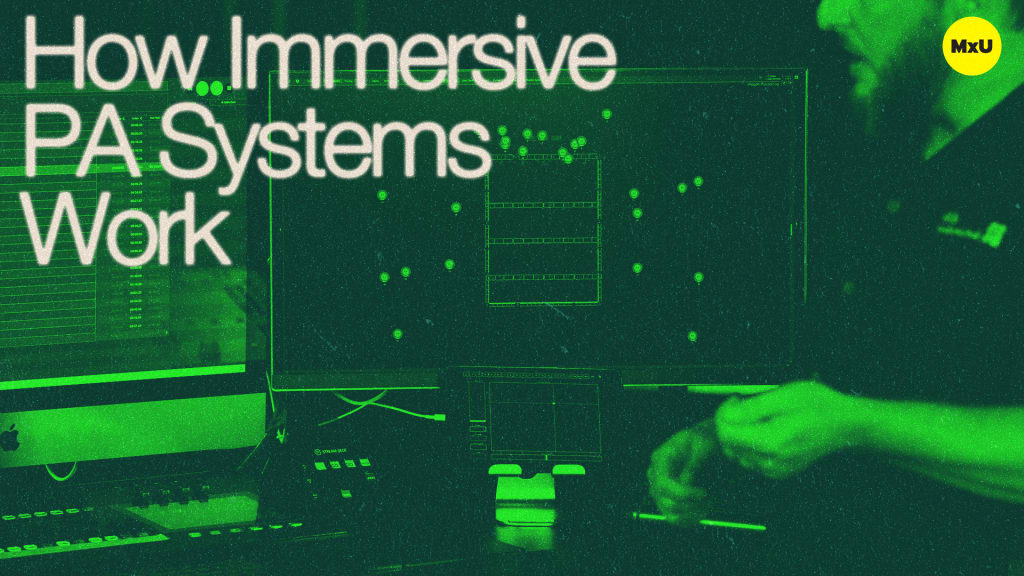Sample Rates Explained
No actions available
Understanding Sample Rates is crucial to Digital Audio. Samples are the foundation of digital audio, and the rate at which we gather these samples directly reflects the quality of the sound we hear, regardless if you’re in a live scenario or recording.
Key Points:
Key Points:
- Digital recordings convert sound sources into data through the process of sampling.
- Sampling’s done using analog to digital (A/D) converters. The analog signal passes through the converter taking digital snapshots at regular intervals. The number of intervals are the sample rate (# of divisions in thousands/sec. Ex: 44.1 kHz, 48 kHz, 96 kHz, 192 kHz).
- It’s important to know where A/D and D/A conversion is happening in your signal flow. The quality and capability of each converter matters too!
- Aliasing errors can occur during the conversion process. Aliasing is a common issue in digital recording. As a solution, converter manufacturers offer built-in anti-aliasing and oversampling filters.


Pro Tip: Higher sample rates provide greater precision. But, the highest isn’t always the best! The higher the sample rate, the more data generated. Hardware may be capable of high sample rates. But, is your computer or hard drive able to process and store the data?
Key Terms:
- Sampling: The process of taking a continuous time signal and converting it into a discreet time signal.
- Nyquist Theorem: Theory that states the sample rate needs to be at least double the highest frequency of your waveform in order to adequately capture the sound. (One sample for each compression and rarefaction)
- Aliasing: A false or misinterpreted frequency by the converter that occurs when frequencies above the Nyquist limit are converted.
Categories
Audio
101
Team Videos
Premium Videos
Nothing added









